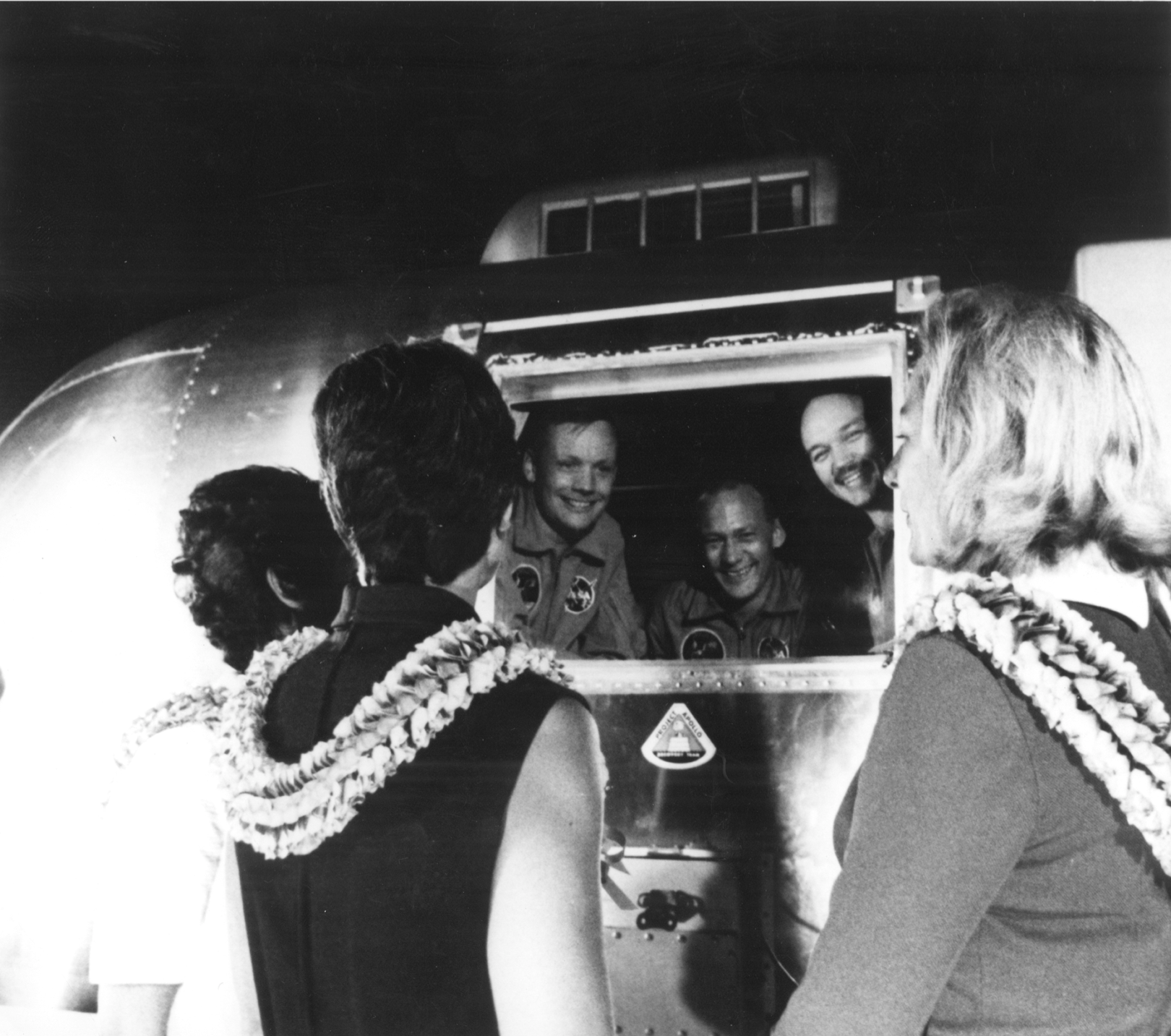Why did Elon Musk’s red Tesla have to go into space?
We’ve been encouraged to ascribe to the vision of ‘Spaceship Earth’, a hermetically-sealed capsule that protects humanity from extreme radiation, solar flares, cosmic rays, meteor strikes and other threats from outside. As the space environment is excluded from the spaceship in this vision, environmental ethics in space are decades behind the terrestrial ones. This is surely the ultimate irony, given the influence of the Earthrise and Blue Marble images taken from space during the growth of the environmental movement.
We are currently in an aggrading phase. Some planets are accumulating layers of material generated by humans in the form of robots and the detritus they create; an Anthropocene process of redistributing elements and minerals from where humans found them. When the post-Anthropocene Earth has been re-wilded, industrialisation may still be forging ahead on other planets and moons. There will be another time lag between Earth and space.
In order to halt the dismantling of Earth’s mantle, its degradation or erosion, other celestial bodies will be dismantled to feed capitalist fantasies of limitless growth. Whole asteroids may disappear as they are consumed like the body of an insect inhabited by a parasite. Moving these industries off-world allows Earth to retreat from the Anthropocene. But it’s not just minerals and resources. The aeons-old cycle which circulates dust and microbes between worlds has already been disrupted.
As humans ventured outside Spaceship Earth in the 1960s, on their first Extravehicular Activities or ‘spacewalks’, the threat of back contamination from the hostile solar system was a source of anxiety. Contagion was in the air – or interplanetary space. In the 1968 film The Night of the Living Dead, a probe sent to orbit Venus becomes irradiated. NASA blows it up before it lands on Earth, but this distributes the virulent radiation, causing the dead to rise and consume the living in the first zombie apocalypse.

In 1969, two men landed on the Moon and returned to Earth. The astronauts were placed in quarantine for 21 days, to prevent the spread of any lunar pathogens they could have acquired. In some countries, a severe form of the eye infection conjunctivitis was attributed to the astronauts stirring up dust. They were not wrong: lunar dust does indeed irritate the eyes, as well as having other deleterious effects on the human body.

In the same year, Michael Crichton’s best-selling novel The Andromeda Strain was published. A military space probe designed to sample microorganisms from the upper atmosphere, for biological weapons development, crashes near a town in Arizona, where almost everyone dies from instantaneous blood clotting. The cause was not, however, a terrestrial organism but something transferred through impact with a passing meteoroid.
Some have even claimed that the COVID-19 virus came from space.
The international Committee on Space Research (COSPAR) is responsible for Earth’s Planetary Protection Policy. It seeks to prevent robots and humans sent to other planets from introducing biological materials which will kill living extra-terrestrial microorganisms before they can be studied. At this level of life, the distinctions between pathogen and friendly neighbour are irrelevant. Terrestrial biology is a deadly weapon, as H.G. Wells’ Martian invaders discovered in his 1898 novel War of the Worlds.
So far, solar system exploration has identified plenty of ‘pre-biotic’ compounds on comets and asteroids, but we have no way of knowing if our material intrusions have not already spread the plague to other worlds.
The dismantling of the solar system will be a hard, cold process, dominated by robots and machines, hardened against radiation and vulnerable only to software viruses. To see them as the carriers of biological disease and mutation presages future states of being at the limits of life and death.
About Alice Gorman
Archaeologist Alice Gorman, AKA ‘Dr. Space Junk’, is specialized in orbital debris, deserted tracking stations and abandoned launching and landing strips. In short, space junk.
“To an archeologist, objects from the past are significant because they remind us of what we might want to hold on to in the future."
In her book ‘Dr Space Junk vs the Universe: Archeology and the Future’, Alice delves deeper into the traces she encounters not only in space but also here on Earth. From broken zippers, intertwined around an out-of-order space antenna, to the American flag, prominently planted on our moon; her discoveries always raise interesting questions.
Why did Elon Musk’s red Tesla have to go into space?
Why did Elon Musk’s red Tesla have to go into space?
